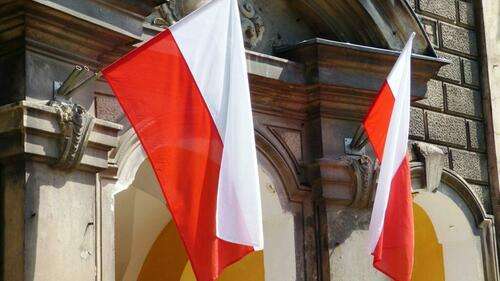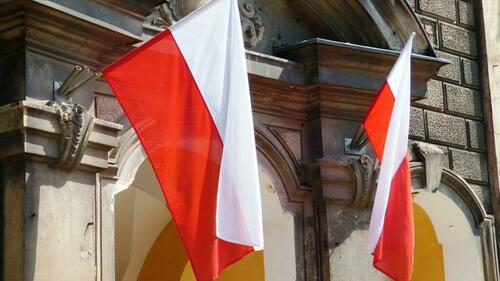Poland is buying gold again.
The National Bank of Poland added nearly 15 tons of gold to its reserves in April, according to data published by the bank in May. It was the largest increase in the country’s reserves since June 2019 when the bank boosted reserves by almost 100 tons.
The purchase increased the value of Poland’s gold reserves from $14.55 billion to $15.52 billion.
Poland’s official gold holdings rank as the 22nd largest in the world. Gold makes up about 8.5% of the Bank of Poland’s total reserves.
In the fall of 2021, Bank of Poland President Adam Glapiński said the central bank planned to add 100 tons of gold to its reserves in 2022. It’s unclear why the bank didn’t follow through. This recent purchase could signal the beginning of another round of buying to reach that 100-ton goal.
In 2021, Glapiński said holding gold was a matter of financial security and stability.
“Gold will retain its value even when someone cuts off the power to the global financial system, destroying traditional assets based on electronic accounting records. Of course, we do not assume that this will happen. But as the saying goes – forewarned is always insured. And the central bank is required to be prepared for even the most unfavorable circumstances. That is why we see a special place for gold in our foreign exchange management process.”
He went on to discuss some of the benefits of gold as a monetary asset.
“After all, gold is free from credit risk and cannot be devalued by any country’s economic policy. Besides, it is extremely durable, virtually indestructible.”
Glapiński also hinted that worries about the stability of the US dollar were driving the decision to increase the country’s gold reserves.
“Gold is characterized by a relatively low correlation with the main asset classes – especially the US dollar dominating the NBP reserve portfolio – which means that including gold in the reserves reduces the financial risk in the process of investing them.”
The trend toward de-dollarization has only accelerated since Glapiński made these comments.
Poland also repatriated 100 tons of gold from England in 2019.
“The gold symbolizes the strength of the country,” Glapiński told reporters at the time.
Central banks around the world have been piling up gold over the last two years. After a record-setting 2022, central bank gold reserves increased by 228 tons through the first three months of 2023, a Q1 record. This was 38% higher than the previous first-quarter record set in 2013.
Total central bank gold buying in 2022 came in at 1,136 tons. It was the highest level of net purchases on record dating back to 1950, including since the suspension of dollar convertibility into gold in 1971. It was the 13th straight year of net central bank gold purchases.
According to the World Gold Council, there are two main drivers behind central bank gold buying — its performance during times of crisis and its role as a long-term store of value.
“It’s hardly surprising then that in a year scarred by geopolitical uncertainty and rampant inflation, central banks opted to continue adding gold to their coffers and at an accelerated pace.”








